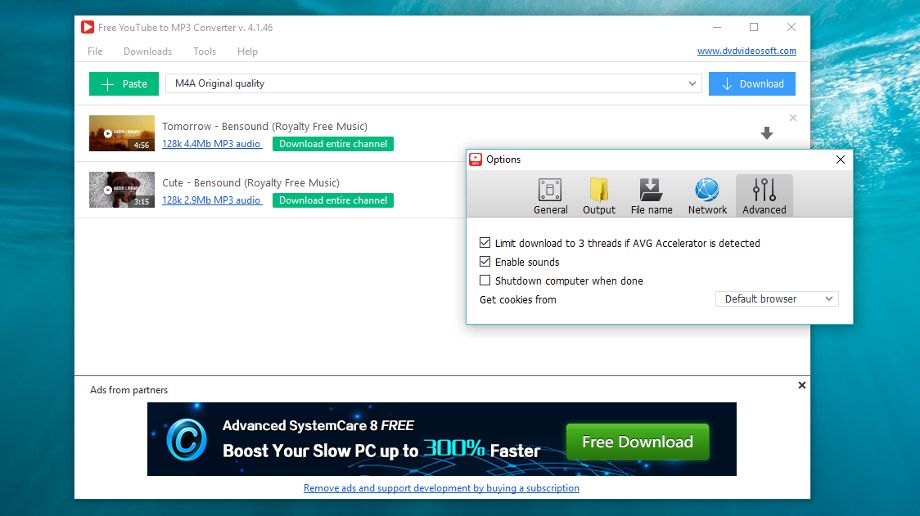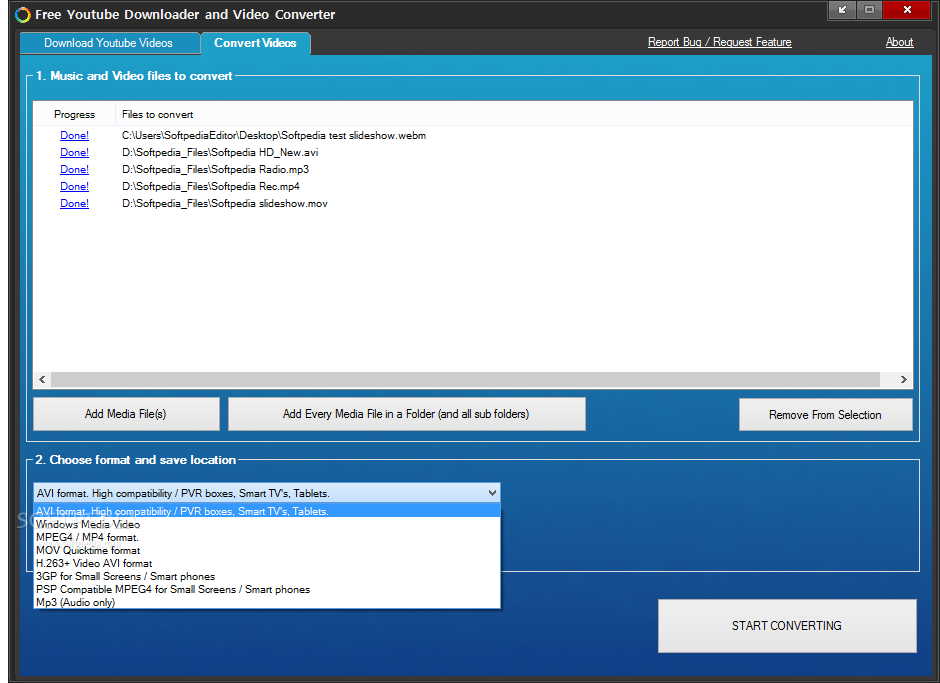

Why use an encoder at all? After all, it’s possible to live stream to YouTube without specialized hardware or software. You will have to create a configuration file and save it in the conf directory as nginx.Why you need a YouTube live stream encoder nginx and Windowsĭownload nginx 1.7.11.3 Gryphon and unpack the folder.


I split the server part into 2 guides, one for Windows and one for Raspberry Pi – feel free to use either of them to set up the server. It’s not a complex process, takes little CPU resources of your SBC. You could get away with a Raspberry Pi 3, but as these cost almost the same nowadays, an SBC with a Gigabit Ethernet would be best. You can do this either on a Windows computer or have a dedicated server hosted by Raspberry Pi 4. Raspberry PI or Windows 10 to the rescue Raspberry Pi 4 8GB RAMĭo you remember the “not simple workaround” part? You will have to spin up your RTMP server yourself. You can use this option to send the stream to OBS – the king of open-source streaming. I tried to use the raw YouTube RTMP data, but there is no way to authenticate the stream so you cannot do this directly. One of the really cool features of Insta360 is the ability to stream to RTMP servers. It’s not a simple one I’m afraid but if you are intending on streaming in 360, then you will have to use this workaround. Thankfully, there is a workaround to the YouTube account drama. If you are on iPhone, you are out of luck. Just don’t forget to change the USB mode of the camera to Android. The approach that works for me is to open the Insta360 app on the phone, turn on the Insta360 ONE X2 camera and then connect both of them with a cable. Unfortunately, the link via USB-C cable can be temperamental, and for this to work, it required several attempts of plugging the cable in and powering the camera. This way, you can stream the data via a WiFi connection to your router instead. The solution to this is to use a USB-C cable and hardwire the camera to your phone. For some weird reasons, Insta360 will only work in the AP mode, so streaming using a wireless connection with your phone will cost your data plan dearly. The most obvious option would be to use the “Livestream” option in the Insta360 app right? There are issues with that. One of the biggest challenges that I had to solve in a pinch was learning how to Livestream on YouTube with Insta360 ONE X2. The biggest disappointment wasn’t the camera hardware but weird software quirks that made my experience with 360 videos less fun. As much as I love Insta360 ONE X2 ( review) it’s not perfect.


 0 kommentar(er)
0 kommentar(er)
